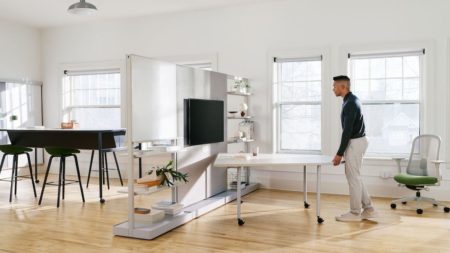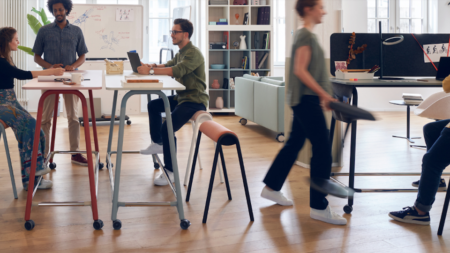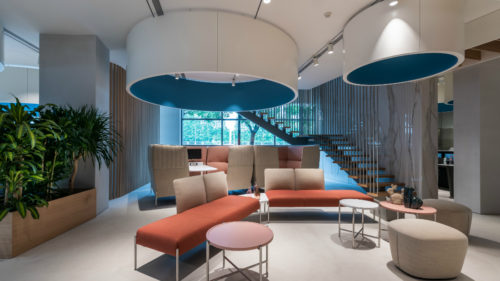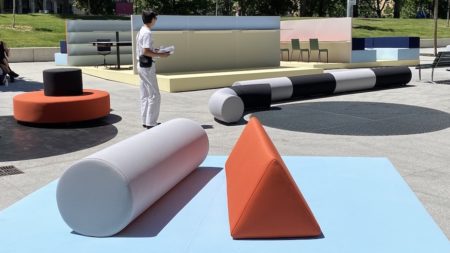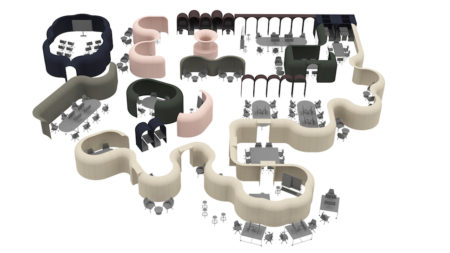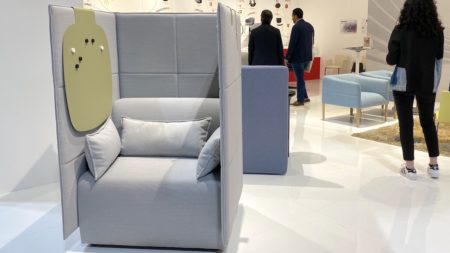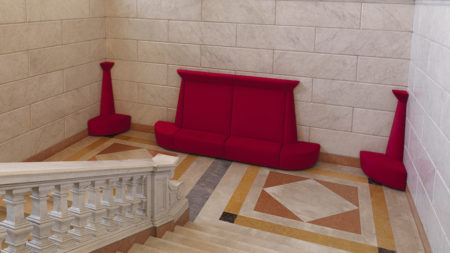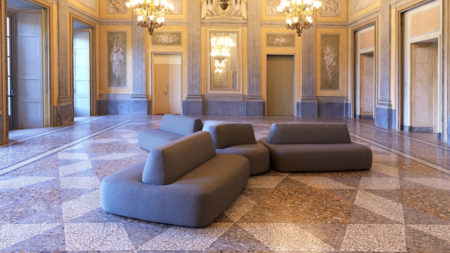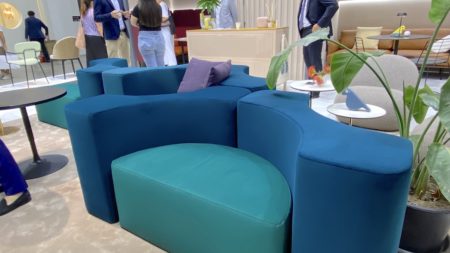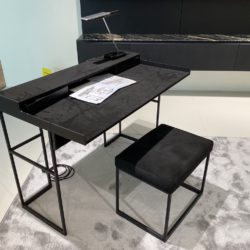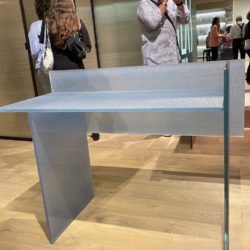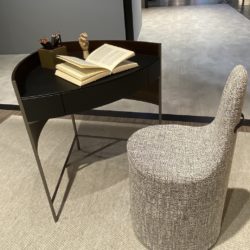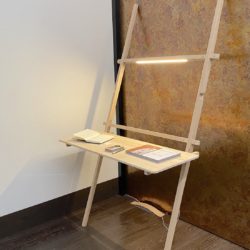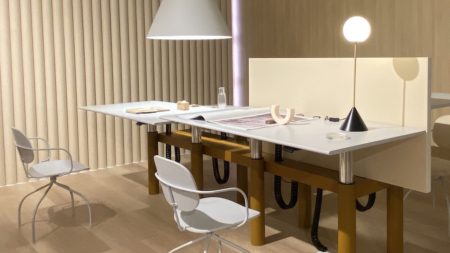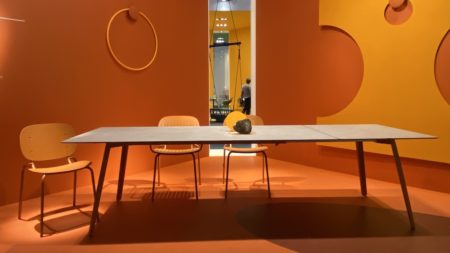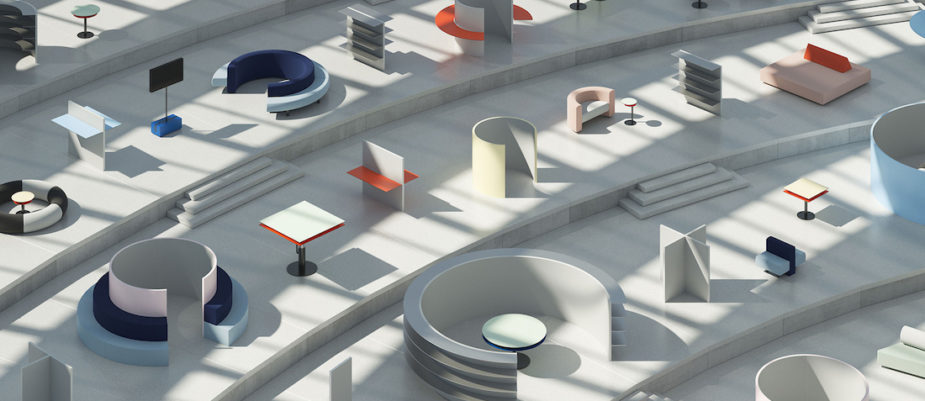
The last two years have definitely disoriented the office furniture sector that has for too long underestimated the transformations taking place in the world of work and, perhaps not convinced that you could really work even outside an office, was caught unprepared in the face of the acceleration imposed by the pandemic and by a smart working that imposed overnight for everyone.
In addiction, the workplace must be able to accommodate a variety of generations and genders with different needs.
Waiting to hear about the proposals that will be presented at Orgatec, we summarize below the recent trends and proposals presented at the last Salone del Mobile and Milano Design Week.
The world of work is looking for a new balance. The companies that had not already applied the new hybrid working ways are reorganizing and almost all are also rethinking their work spaces according to new criteria and applying the already known concepts of activity based working, also enriched by different variants.
The office furniture producers that had already carried out research, analyzed new emerging needs and set up teams for innovative office design solutions in the pre-pandemic era were not caught off guard.
Some examples of furnishing launched during the pandemic phase are Herman Miller’s OE1 “capable of anticipating the unpredictability of the future”; Sedus se:lab conceived as ecosystems and equipped with wheels; or Estel’s Italian Smart Office.
More recent, on the other hand, are Principles collection by OMA for Unifor and Nucleo by Monica Graffeo for Martex, launched during the Salone.
Different furniture collections that have in common – in addition to good design – flexibility and extreme reconfigurability, the ability to easily create different sets for different activities and the wide range of elements to equip every area of the workplace, from the desk to the various in-between or collaborative areas becoming the true heart of the hybrid office.
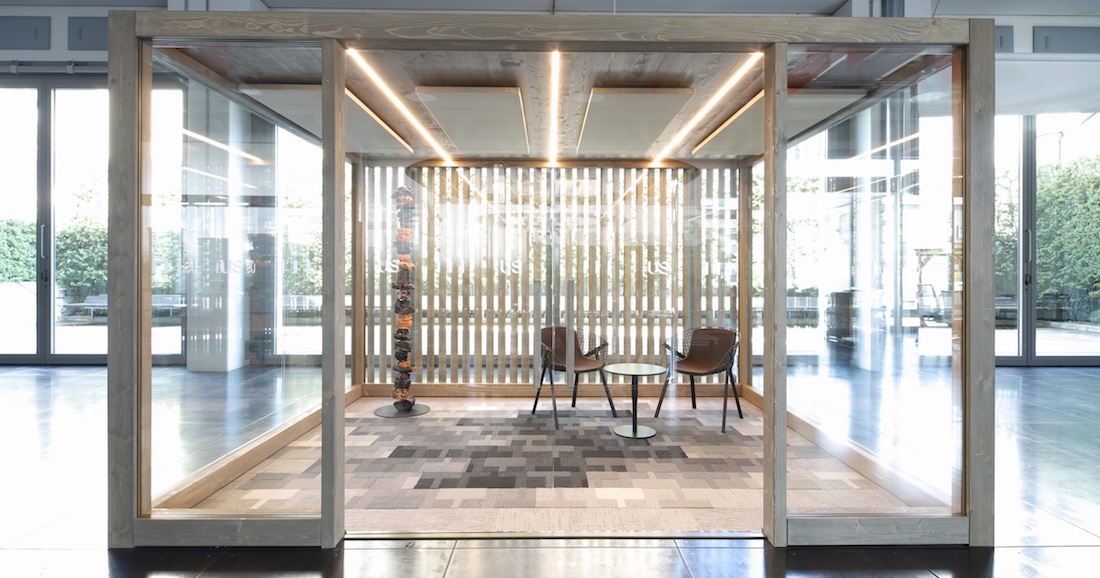
Since privacy and acoustic comfort remain priorities, the request for the Office Pod continues – phone booth or meeting room version.
The more recent ones take on a more domestic and natural image thanks to the wooden structures, perfectly in line with the desire for nature and biophilic design increasingly integrated in office design. Universal Selecta’s Green Box is an example.
When asked to create an oasis of intimacy without delimiting closed spaces, the cocoon armchair responds – a solution on the market for several years – which continues to inspire new products such as Be-On by Segis, modular with different sizes of seats, backrests and panels to accommodate one or more people.
Privacy without partitions is also what Arcadia by Spacestor (design by Gensler Architects) proposes, a kit consisting of five geometric blocks – arches and niches – covered in fabric, inspired by classic architectural forms to create a new landscape office with organic shapes.
Wellbeing and acoustic comfort also stimulate advanced experiments such as those of Caimi who, using Snowsound technologies, in collaboration with well-known designers, has developed several collections of upholstered furniture capable of absorbing environmental noise and shielding electromagnetic pollution.
Experimentation and noise reduction are also the basis of one of the projects awarded by the Lexus Award 2022: Sound Eclipse by young Russian designers Kristil & Stamina, a tool to be placed near the window to cancel the noise coming from outside.
Even the modular lounge seating systems are rethink for diversified configurations and to grow indefinitely. For example Parterre, by Cristina Celestino for Quinti, the modules, joined together by interlocking, unfold organically composing ornamental geometries.
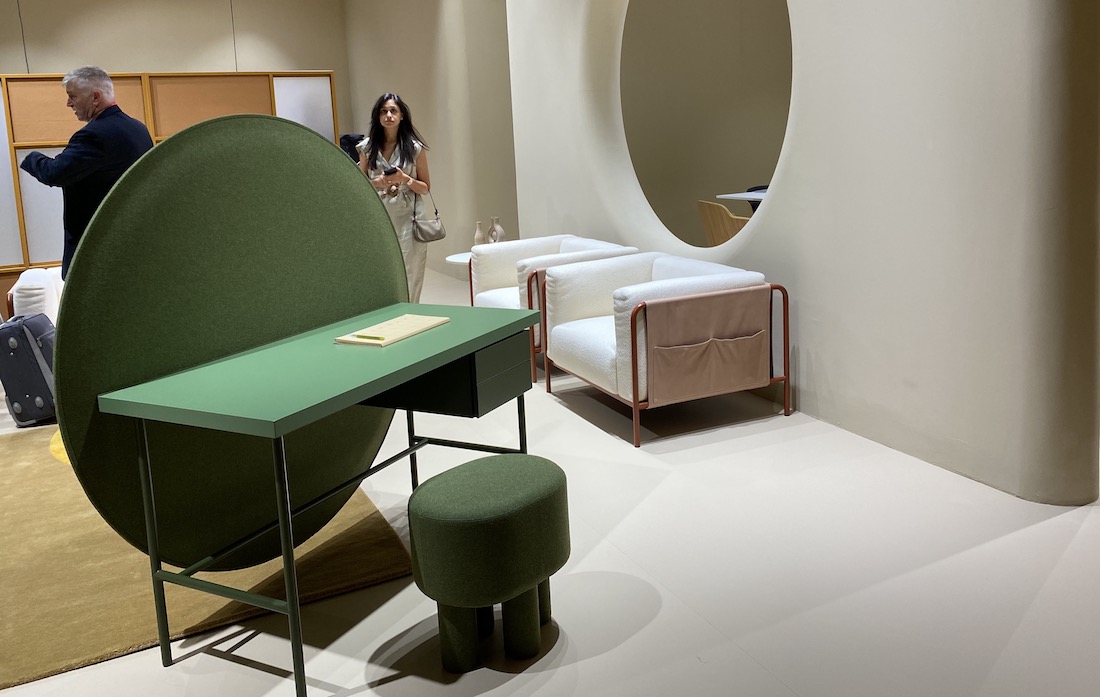
The Home Office trend is increasingly prolific: functional workstations with a domestic image and small dimensions, there are something for every taste and need: it is refined and iconic Franny & Zoey designed by Elisa Ossino for Dieffebi; icy and angular the glass one by Glas Italia; Yomei is minimal and total black; the one by Presotto is affected and sensual; the radical HMC is in raw wood to be placed on the wall.
Last, the desk also survives … even if it seems to have been outclassed by “collaborative furniture”: in the sit stand version, hyper-technological and with solid look and like the modular clustered one by IOC or hyper-simple, thin, and extensible, both table and workstation, such as Extendable Squid by S.Cab, designed by Radice Orlandini, rigorously geometric; or with curved and sinuous lines like the evanescent Nuvola by Mario Cucinella for Officine Tamborrino.
The key words that are the common denominator of these proposals are sustainability (we hope it is not just green washing) and the wellbeing of people, wherever they work.
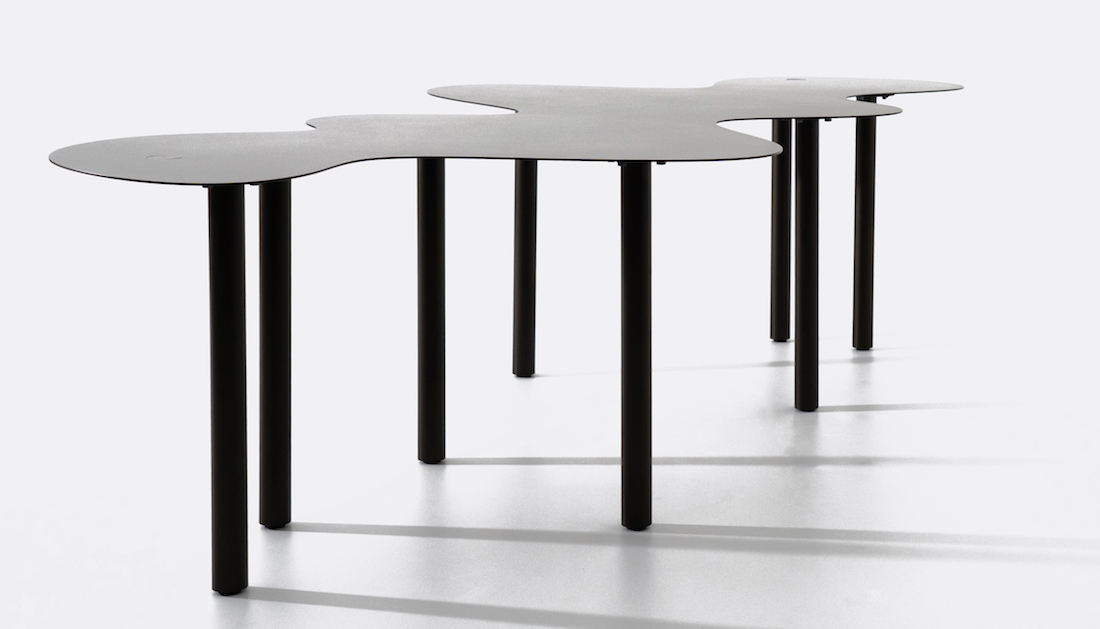
Upper photo: Principles, Unifor design by OMA

